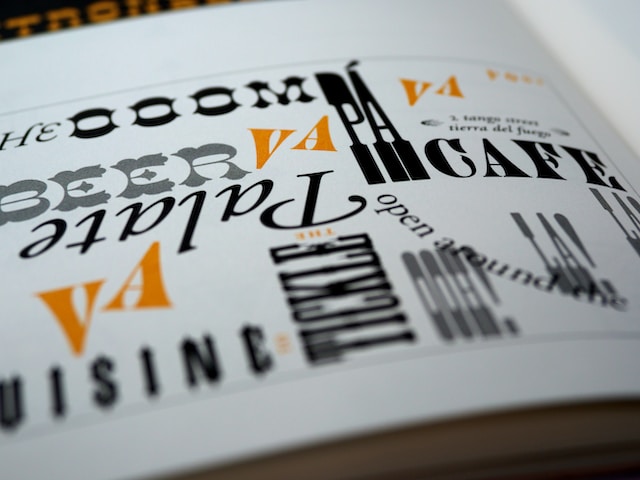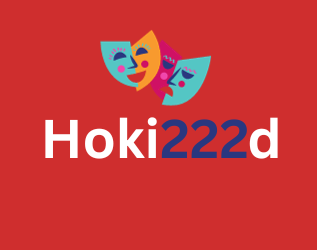Mastering the Art of Typography in Graphic Design

Typography is often regarded as the backbone of graphic design, and for good reason. The careful selection and arrangement of fonts can significantly impact the visual and emotional appeal of any design. In this blog post, we will delve into the principles of effective typography and provide valuable tips and examples on how to use fonts to convey various messages and evoke different emotions in your graphic design projects.
The Basics of Typography
Typography encompasses the art and technique of arranging type to make written language legible, readable, and appealing. It involves choosing fonts, adjusting font sizes, line spacing (leading), and kerning (letter spacing), as well as selecting the right alignment and formatting.
Font Selection
The choice of fonts sets the tone for your design. Serif fonts like Times New Roman convey tradition and formality, while sans-serif fonts like Helvetica offer a modern and clean look. Script fonts can add elegance, and decorative fonts can infuse creativity.
Font Size and Hierarchy
Varying font sizes create a visual hierarchy, helping viewers understand the importance of different text elements. Headlines should be larger than subheadings and body text, guiding the reader’s attention.

Line Spacing (Leading)
Adequate line spacing is crucial for readability. Too little space between lines can make text feel cramped, while too much space can disrupt the flow. Finding the right balance is essential.
Kerning and Letter Spacing
Adjusting the space between individual letters (kerning) and words (letter spacing) enhances readability and overall aesthetics.
Alignment
Text can be aligned left, right, centre, or justified. The choice of alignment affects the visual flow and can convey different feelings. For instance, centred text often feels formal or artistic, while left-aligned text is typically more readable.
Conveying Messages and Emotions Through Typography
Now, let’s explore how typography can be used to convey specific messages and emotions:
Serif Fonts for Tradition and Trust
Serif fonts like Georgia or Baskerville are excellent for conveying tradition and trustworthiness. They are often used in formal documents, legal materials, and established brands.
Sans-serif fonts for Modernity and Clarity
Fonts like Arial and Calibri are clean and modern, making them suitable for conveying simplicity, clarity, and efficiency. They are often seen in tech-related designs and corporate communication.
Script Fonts for Elegance and Creativity
Script fonts like Brush Script or Lucida Handwriting can add a touch of elegance and creativity. They are often used in wedding invitations, fashion, and artistic designs.
Bold Fonts for Emphasis and Impact
Bold fonts like Impact or Bebas Neue are attention-grabbing and suitable for conveying strength, urgency, or importance. They are often used in headlines and calls to action.
Contrasting Fonts for Variety
Combining fonts with contrasting characteristics (e.g., pairing a serif with a sans-serif) can create visual interest and help emphasize specific elements in your design.
Color and Typography
The colour of your text can also convey emotions. For example, red text can evoke a sense of urgency or passion, while blue text can convey calmness and trust.
Examples in Graphic Design
Let’s look at a few examples to illustrate how typography choices can impact the message and emotion of a design:
Restaurant Menu
A menu for a fine dining restaurant might use elegant script fonts for dish names to convey sophistication, while sans-serif fonts for descriptions emphasize clarity.
Event Poster
An event poster for a music festival could use bold, colourful, and stylized fonts to convey energy and excitement.
Legal Document
In a legal document, a combination of serif fonts, justified alignment, and professional formatting helps convey trustworthiness and seriousness.
Conclusion
Typography is a powerful tool in graphic design. By understanding the principles of effective typography and how fonts can convey different messages and emotions, designers can create visually appealing and emotionally resonant designs. The careful selection of fonts, sizes, spacing, and alignment is key to mastering the art of typography and elevating the impact of your graphic design projects.

